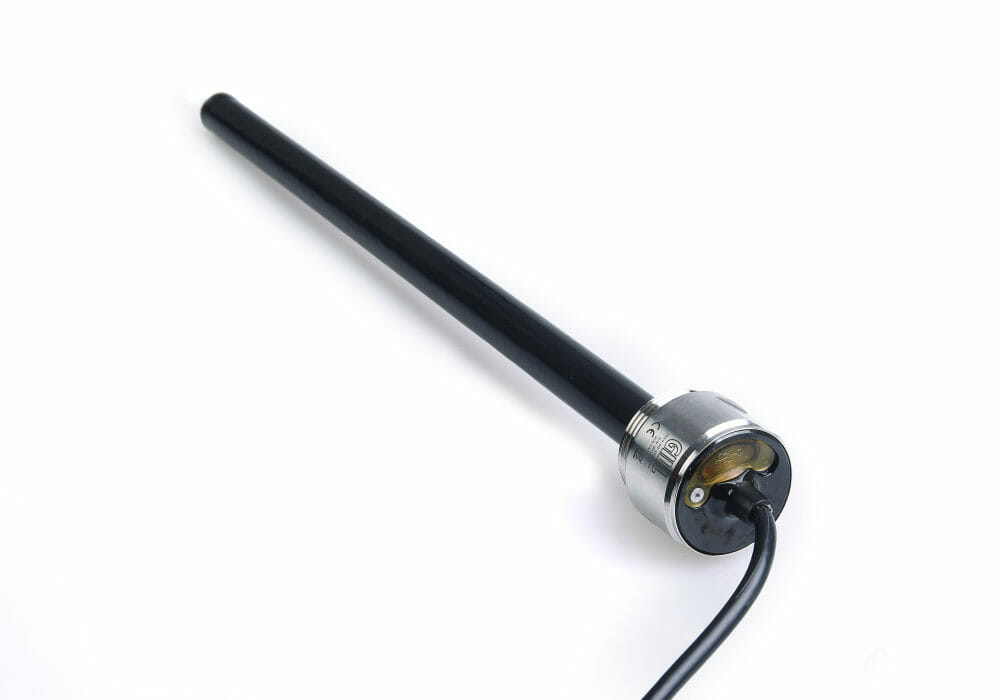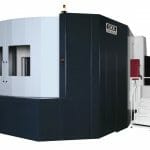Industry: Noun. ‘Economic activity concerned with the processing of raw materials and manufacture of goods in factories’. (Oxford Dictionaries) A brief definition representing such a broad range of industries it is very difficult to grasp the full range of activities that it covers. Plus from all of those activities come an even larger number of processes required to produce those goods and raw materials.
So if a company wishes to develop a range of liquid level sensors that will measure virtually all the types of liquids to be encountered in industry that is going to need a lot of sensors.
Well, not necessarily. Because if you break it down a little, there are broadly two types of liquid – water based and non-water based.
Water based includes anything with water content sufficient to make the liquid conductive. That can be fresh water all the way through to liquid waste products which can contain solids, sludge or paper, for example.
Non-water based covers oils, fuels, chemicals and saline fluids that again can be used in the processes of industry or a by-product from it.
The demands placed on industrial equipment means that sensors designed for those applications will need to be reliable, accurate and consistent without requiring regular maintenance or cleaning.
For sensors to achieve those key attributes they will benefit from the use of high quality materials, have no moving parts and an extended operating temperature range. Sealing to IP68/IP69K is another desirable feature along with resistance to shock and vibration, aided by solid state construction.
Additionally, in the case of the water based sensor, it is worth ensuring that any measuring probe does not have any holes or cavities in it to clog or block. A smooth, non-stick surface enabling reliable operation without regular cleaning maintenance, in even the most contaminated liquids, is another feature to look for.
If your process does require regular cleaning or flush through of the manufacturing line a smooth, cavity-free sensor probe will re-assure you that it will not require any additional cleaning.
The other thing to bear in mind is that many tanks and vessels are not always regular shapes, when a half full reading will not mean half the tank volume. Software that allows you to ‘map’ the shape of the tank and then correlate the output of the sensor to the true volume of the tank eliminates problems arising from misleading readings.
So if you work in industry and have a requirement for liquid level measurement, no matter what type of liquid it is or how difficult and unpleasant it is, you will want to contact Gill Sensors and Controls.
They have two industrial sensors available. The 7010 Industrial Liquid Level sensor is for non-water based fluids, whilst the 7014 Waste Liquid Level Sensor has been designed for all water based liquids, especially igh-viscosity, heavily contaminated products that are difficult to measure with conventional sensors.
Visit www.gillsc.com/industrial for more information.






